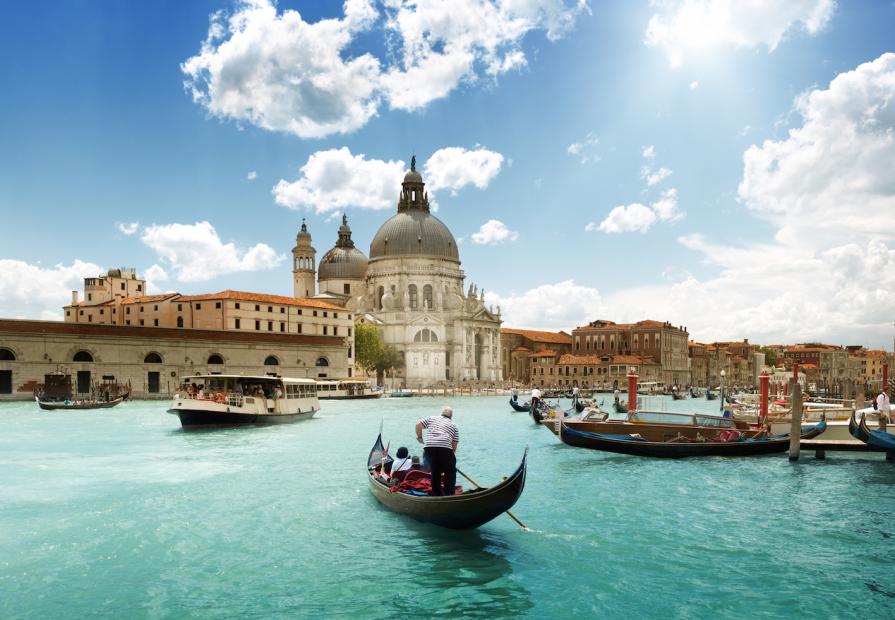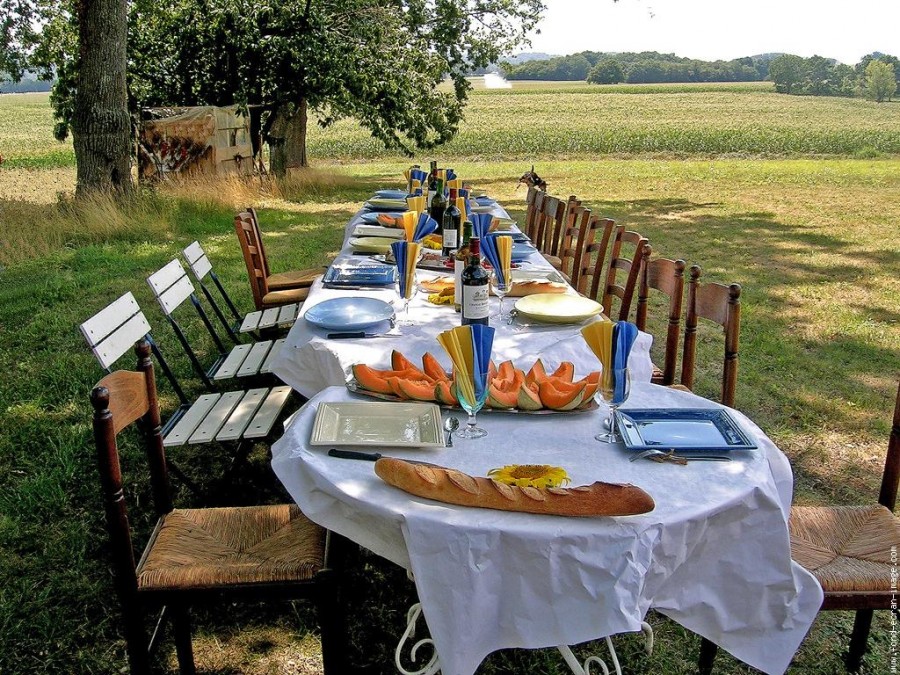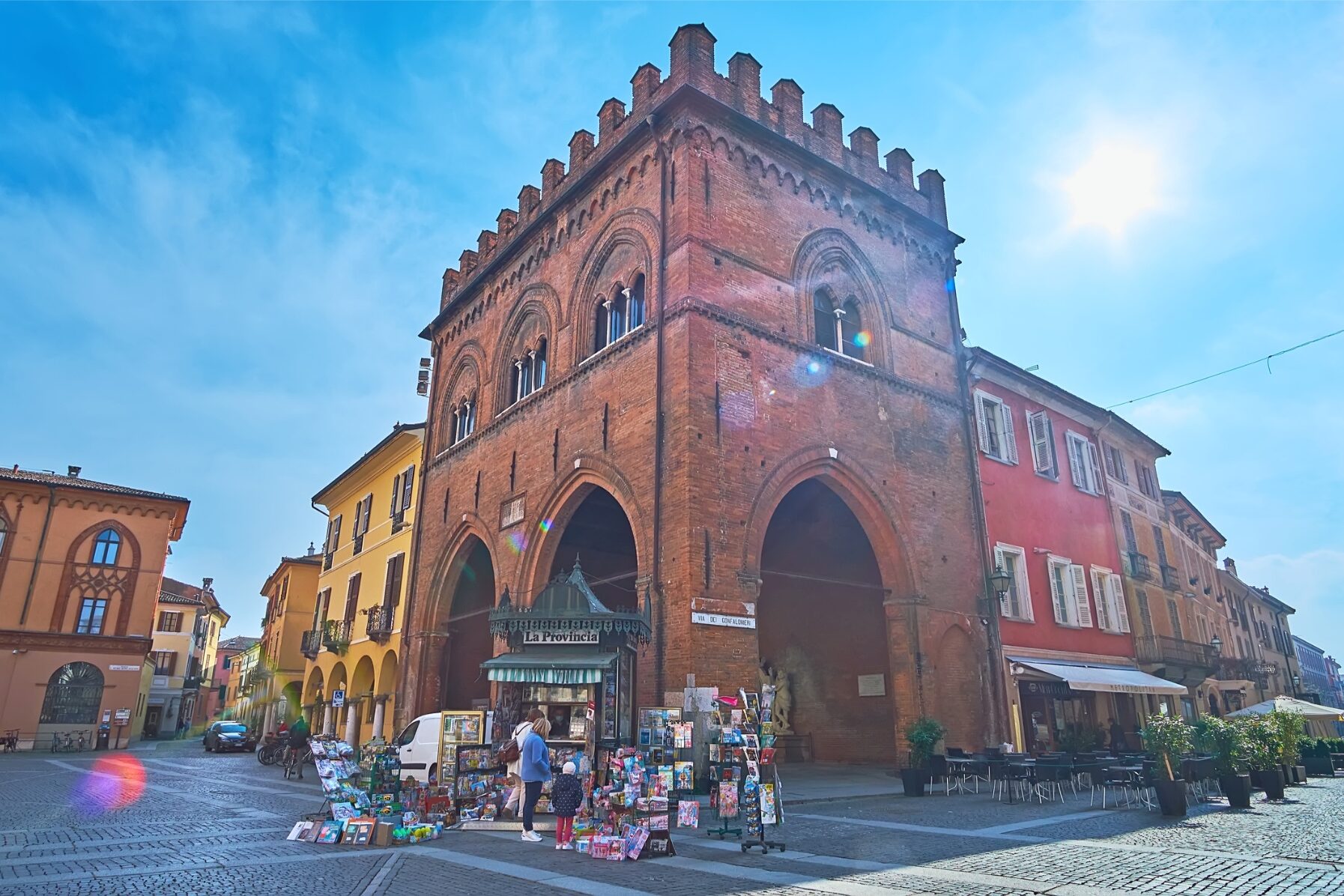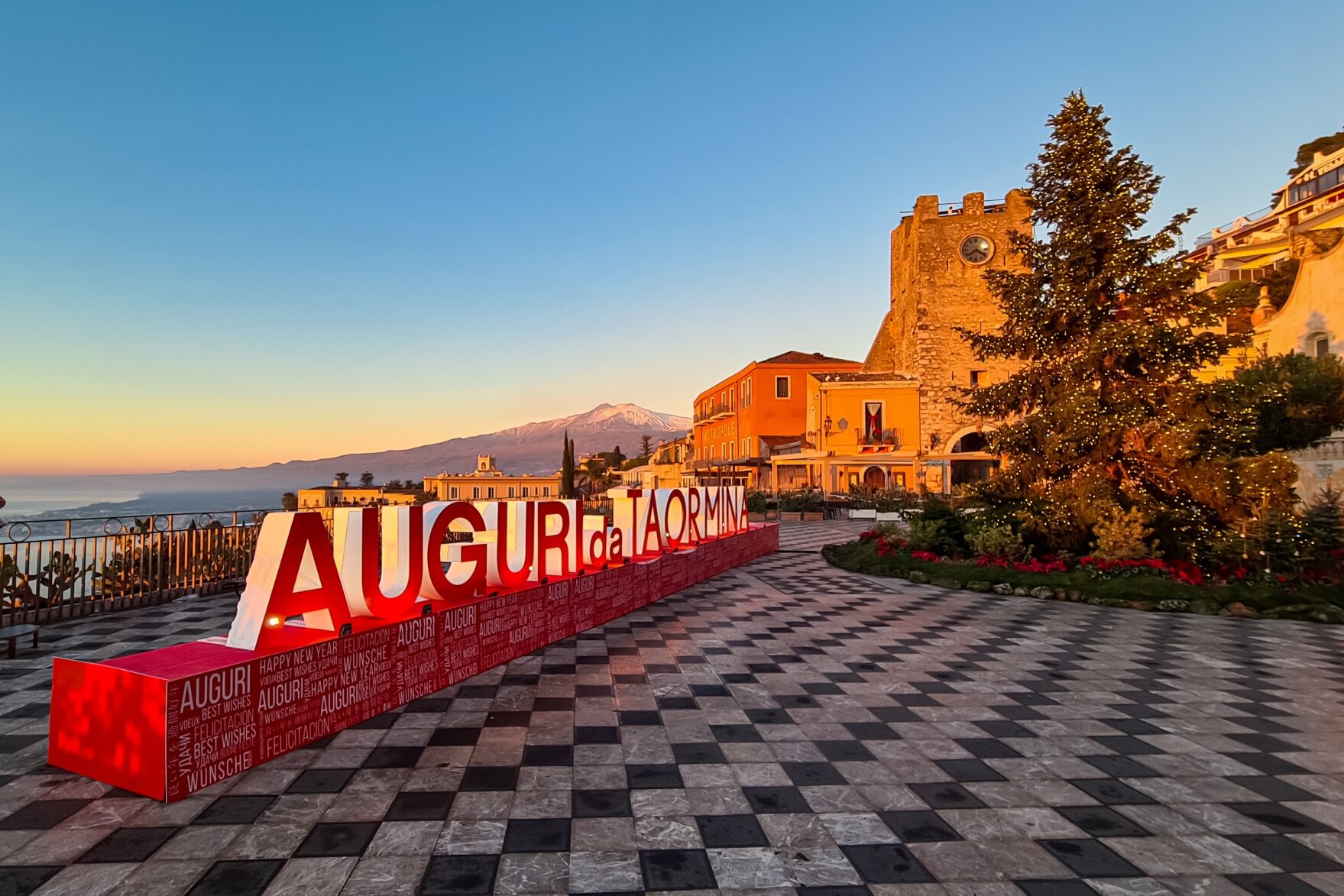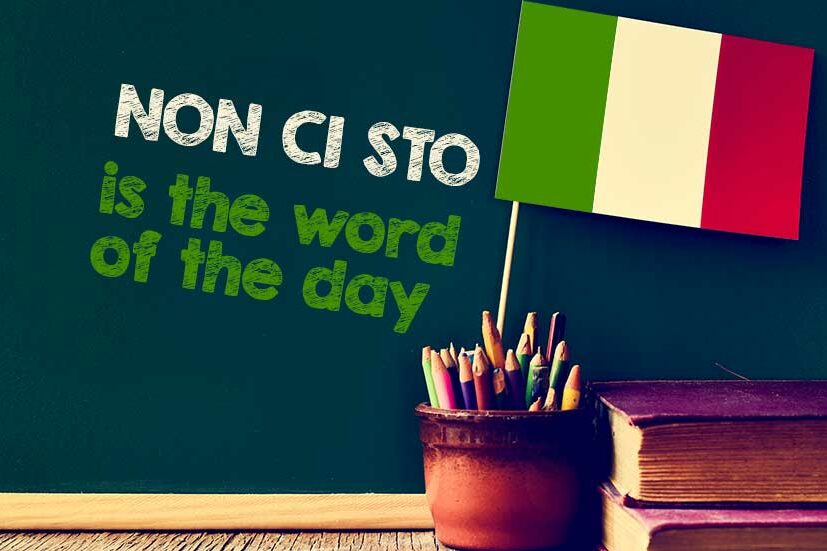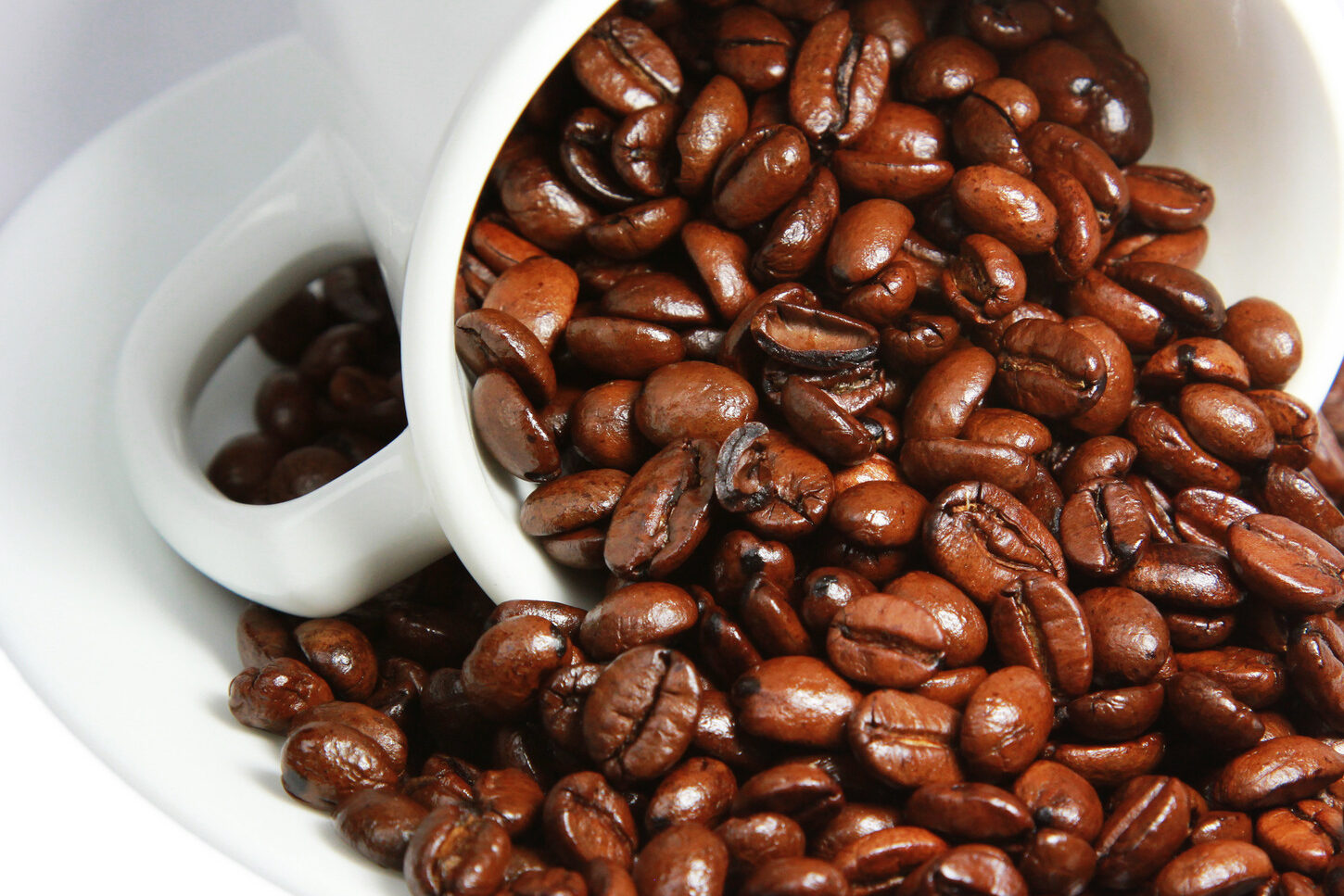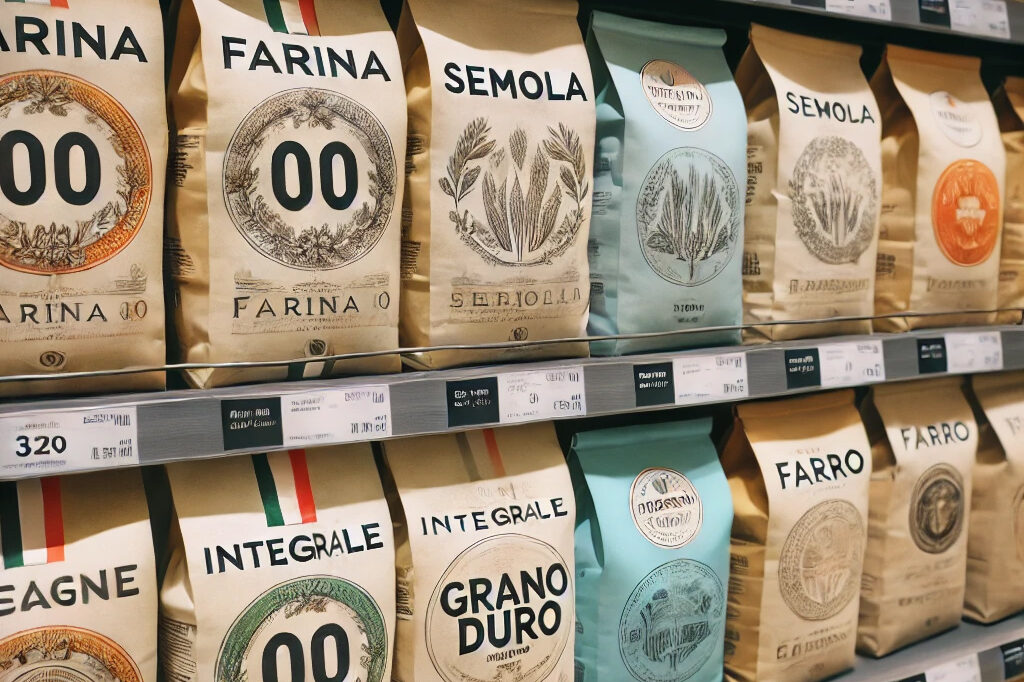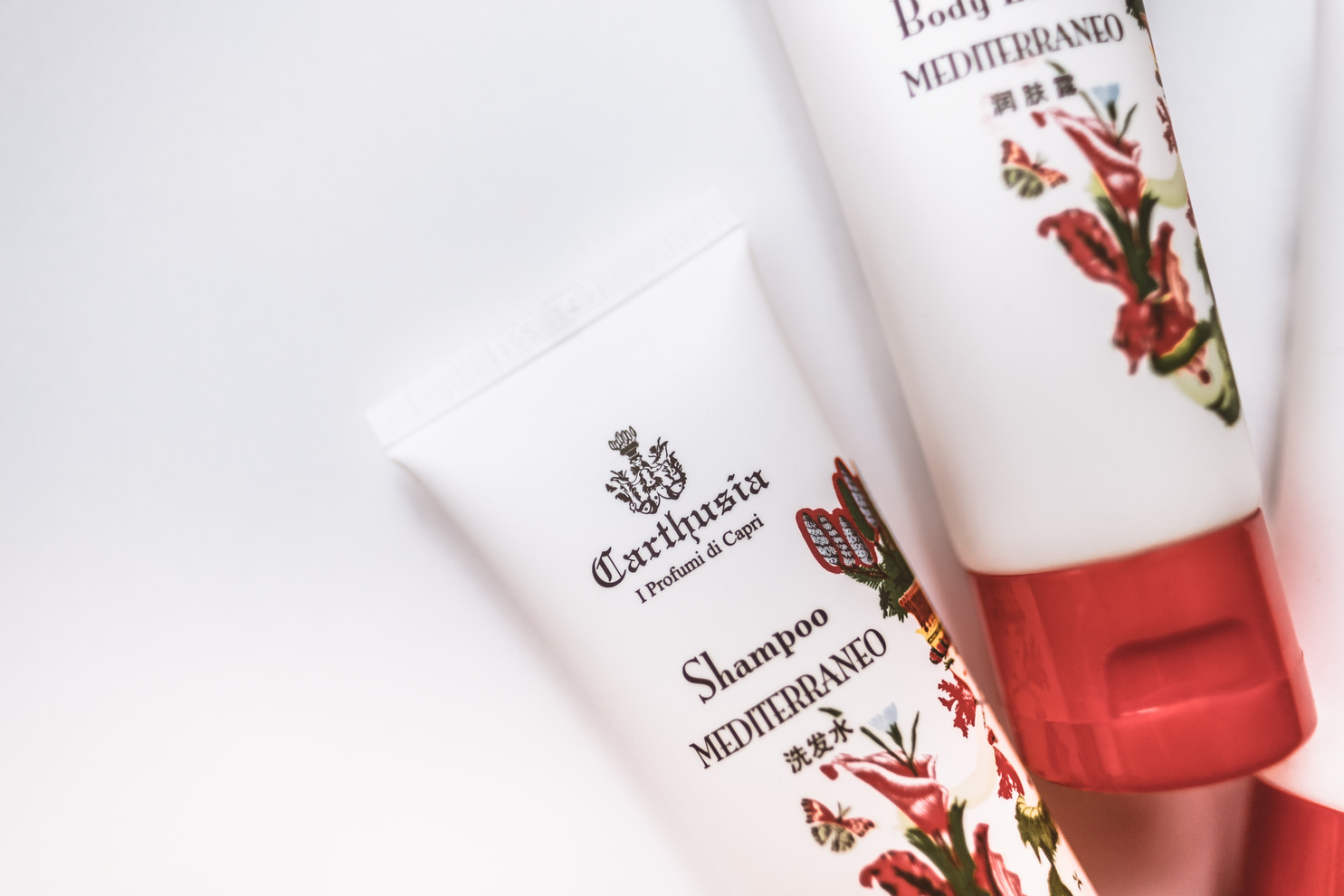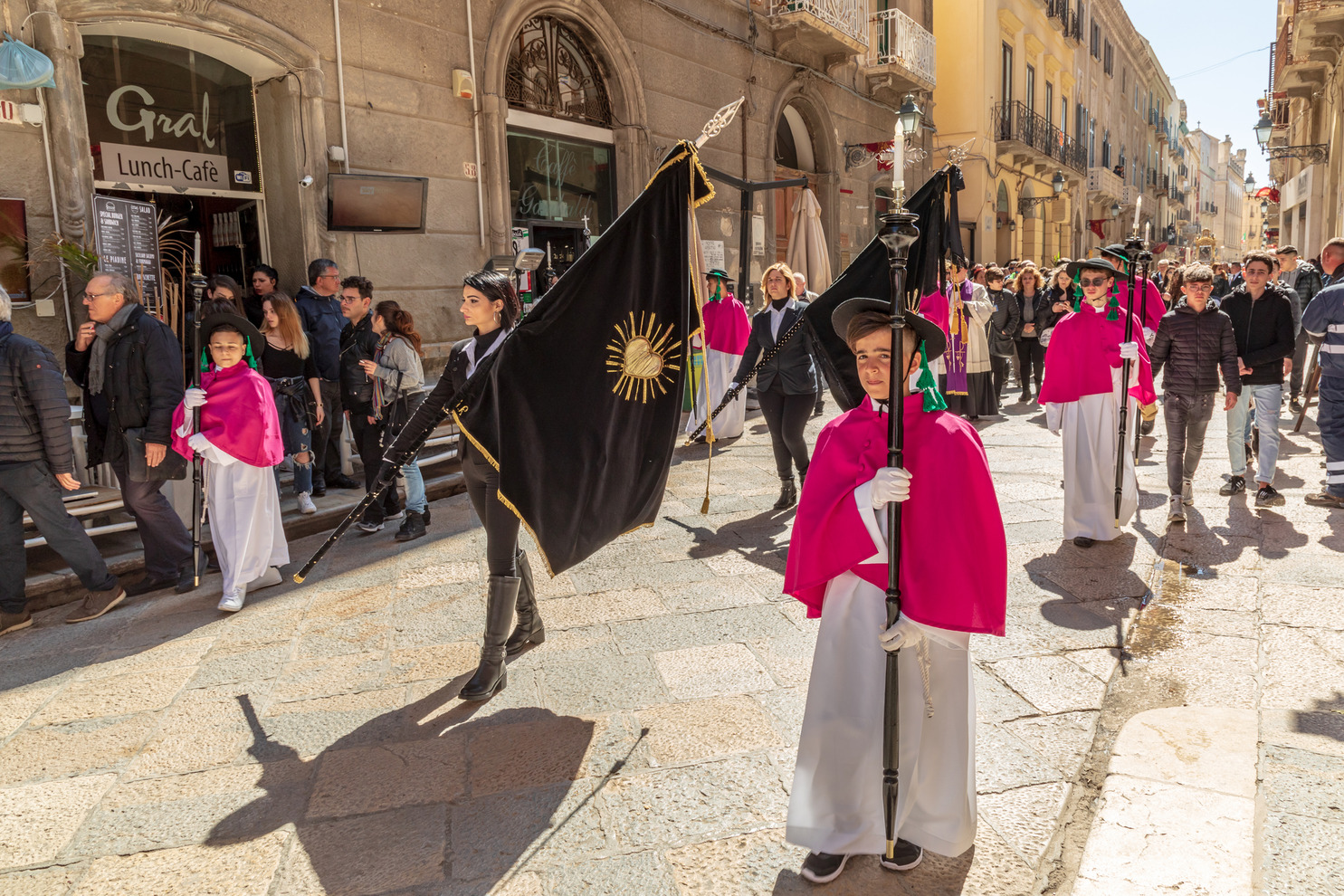VENICE – Almost 20 large vessels only last weekend. Maybe too many for the delicate equilibrium of the Venice Lagoon, yet so important for the economy of the city.
For many years, the presence of cruise ships high as much as the San Marco bell tower off the Venetian waters have sparked protests from residents, environmentalists and politicians.
In the aftermath of the Costa Concordia disaster (it emerged from the Tuscan Sea just last week thanks to a 500 million euros marine salvage), UNESCO appealed to the Italian government to stop cruise ships entering the San Marco Basin and Giudecca Canal. Yet, even if the authorities agreed in principle, nothing has changed.
On the one hand, large cruise ships pay around 50,000 dollars each time they moor, with almost 3,500 calls per year. On the other hand, the 2 million passengers who disembark from them every year spend their money in local restaurants, pubs, souvenirs, and shops.
Nevertheless, the condition of the lagoon is cause for deep concern. “The wash churned up by the ships is hollowing out the seabed and gradually turning the lagoon into an inlet of the Adriatic sea”, warned last year Angelo Marzollo in his report for UNESCO.
lagoon into an inlet of the Adriatic sea”, warned last year Angelo Marzollo in his report for UNESCO. Erosion is another dangerous phenomenon affecting the southern part of the lagoon. A cruise ship weighing over 30,000 tons always represents a hydrogeological disturbance as well as a serious menace to the stability of Venice and its historical buildings. The silent and gradual damage to the city’s foundations caused by ships passing through the Giudecca Canal, which is only 10 meters deep, is undeniable. The water they displace at every passage acts as a pump for the seabed, shaking even the San Marco Basilica.
In addition, such an amount of tourists year-round is quite hard to manage, and it also has an acoustic and environmental impact considering that no more than 60,000 residents have to cope with 20 million tourists per year in only six square kilometers.
Therefore, it is very important to think in terms of heritage: Venice is an Italian icon as well as a world treasure, and strategic measures to preserve it in the future are seriously needed.
Recently, Venice City Council announced a stricter control on cruise ships visiting Venice. Yet the civic and environmental committees which have been struggling for years against cruise ships, especially after the Costa Concordia capsized off Tuscany killing 32 people, until now have failed their battle to protect Venice.
At the same time, big cruise companies ensure that the passage through the lagoon is always compliant with navigation regulations and parameters for distance from shore. While Venice Port Authorities clearly stated: “No problems of any kind regarding navigational safety have come to light”.
